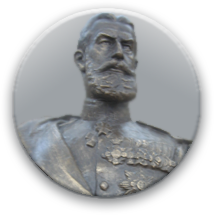PERSPECTIVES ON THE TRANSFORMATION OF NATIONAL MILITARY STRUCTURES SO AS TO ADAPT TO THE ALLIED CONTEXT
DOI:
https://doi.org/10.53477/2971-8813-22-31Keywords:
threat, ; defence, ; military structures, transformation, adaptationAbstract
The complexity of the security situation at international and especially regional level, generated by Russia's aggression against Ukraine, accentuates the need to develop and strengthen the North Atlantic Alliance's collective deterrence and defence posture. The collective defence system is and will remain an effective element in geopolitical equations, especially in the current context, when the threat spectrum is unprecedentedly diverse, and the system is NATO's main objective. Against the backdrop of these challenges, following the financial crisis and in particular since 2014, with the NATO Summit in the UK (4-5 September 2014), there has been a demand at Allied level for a robust set of defence capabilities capable of responding effectively to the full spectrum of threats and supporting NATO's political and strategic objectives in the coming phases. Initiatives such as the 'Defence Capability Building', the 'Interoperability Platform' or the 'Connected Forces Initiative', together with the gradual increase of defence budgets to reach the 2% of GDP target, have been aspirations adopted by Member States and largely imposed at national level. Subsequent Summits since 2014 have made significant progress in strengthening NATO capabilities and adapting the Alliance to the current geopolitical reality. Therefore, as the types of threats confronted seem to evolve and acquire increasingly diverse features, states and their instruments, in turn, must undergo a process of transformation and adaptation, both individually, at state level, and in the allied context. Transformation is a constant challenge and requirement for the Alliance and its members, which will have to be faced continuously.


